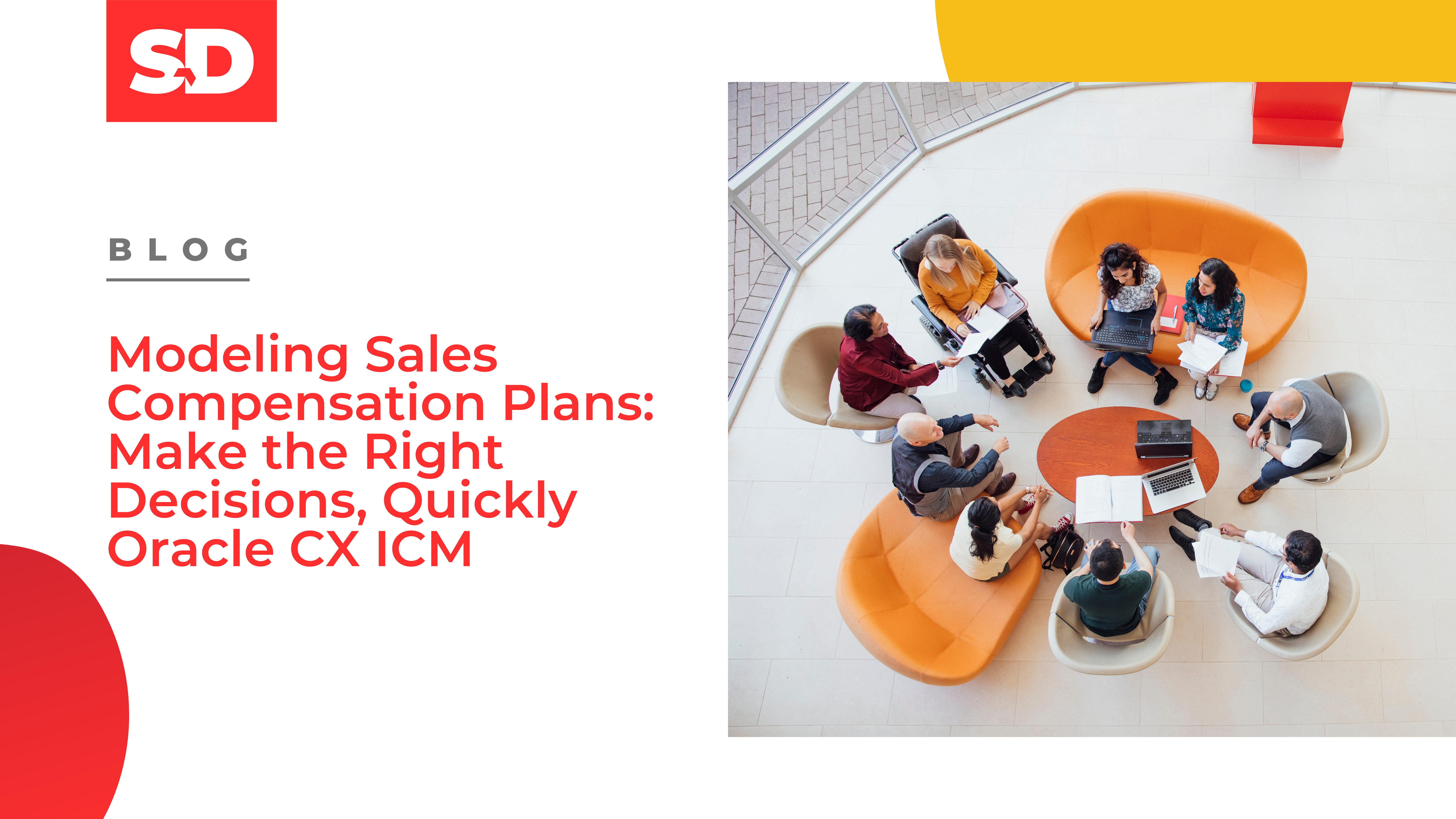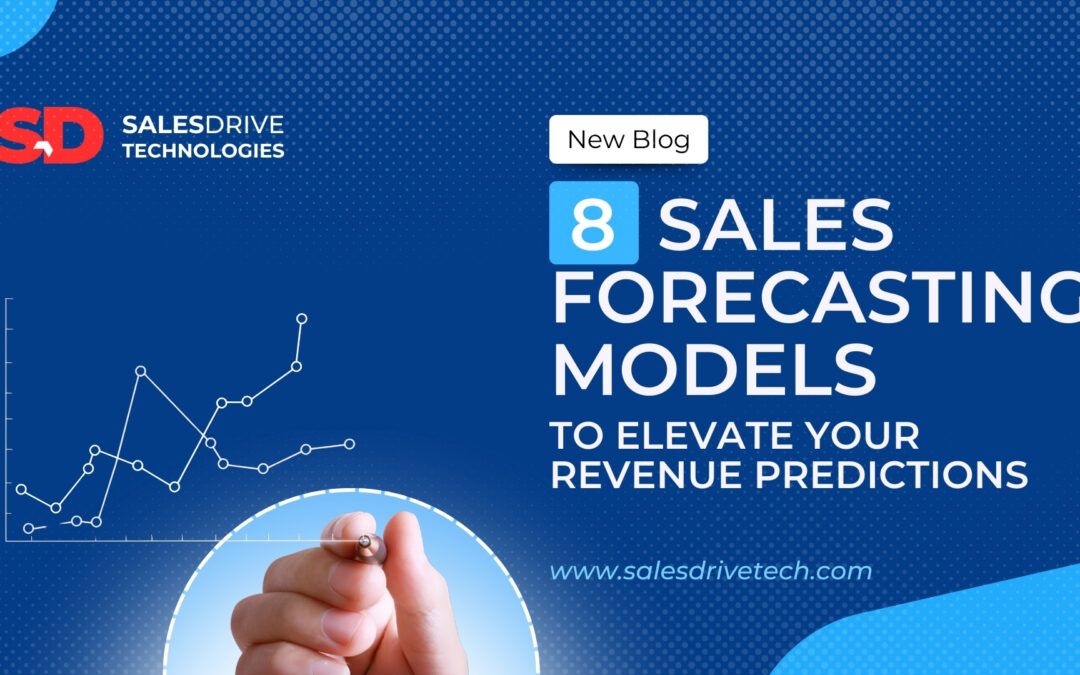Introduction
Modeling is like a glimpse into the future. City planners create traffic models to test out new traffic patterns. Climatologists map out exactly how new regulations will impact weather. And agriculturalists use modeling to see how the introduction of a new species will impact local ecosystems.
None of these professionals would implement a project without first knowing the exact impact their plan will have on traffic, weather and habitats. It would be irresponsible, and frankly, dangerous. The stakes aren’t always as high for business modeling but making the right decisions at the right time can have a huge impact on whether your organization meets its goals and is ultimately successful.
Implementing the appropriate sales compensation plan for your business fits into this category. The goal is to motivate your reps and influence sales behavior for the benefit of the company without paying too much in compensation. Pay people too little, and they walk. Pay them too much, and you can’t invest in other parts of the business. The right plan allows you to walk this fine line, ensuring people feel appreciated while limiting payroll risk.
But how do you create and roll out the right plan for your business? Sales compensation modeling allows you to look into the future to see how changes to your compensation plan will have on your sales staff (turnover, motivation, sales goals) and the overall business (total compensation, budget, business goals). Many Sales Performance Management (SPM) solutions offer modeling capabilities—but admittedly with different levels of effectiveness.
Here are five things to consider to building game changing sales compensation models:
1. Involving the Right Audience
There are a lot of different people in disparate departments across the organization that should have a say in how a sales compensation plan is designed and ultimately implemented. The sales team has obvious stakes as the plan would impact their take-home pay. Sales leadership also has a say, as different compensation plans would motivate their reps in different ways. Someone should ask the marketing folks what they think since they presumably have their ears to the ground and know which way the market is heading.
The finance team needs to be involved as well, since they’re the ones who write the checks and make sure the books are balanced. HR should be consulted on how to best retain key personnel. And, finally, the compensation analyst, the person responsible for crunching the numbers and managing the compensation plan, needs to have a seat at the table, so they can make sure the plan is feasible and makes sense from a heuristic standpoint.
2. Use a Full Data Set
Data is the lifeblood of any modeling system, and it’s important you can feed the right data into your model—whether it’s last year’s data, real-time data or estimated data. Incomplete or inaccurate data could lead to erroneous results and lead you down the wrong path. Poor decisions take time to discover and set right, costing valuable time, budget and resources that could have been better spent on the right decision.
3. Targeted, Easy-to-Read Reporting
Modeling shouldn’t be like reading tea leaves or tarot cards. There should be no room for interpretation. You model should give clear-cut conclusions and recommendations. A versus B. B versus C. A versus C. You need to be able to take out people’s biases and present them with data-based evidence about how different plans will affect different aspects of the business.
Most importantly, reports should be intuitive, easy to read and focused for each recipient. Everyone should get an executive summary that outlines the main outcomes and trends for each plan, but then the reports should dive down into the details that matter for each person. The sales team just wants to know what they’d get per type of deal. The finance team needs to know the total cost, so they can fund the compensation plan. HR will want to know how the plan will motivate reps and fuel morale. Everyone has different reporting needs, and it’s important that your modeling capabilities support those differences.
4. 360 Degree Modeling
Any regular reader of this blog will know that any sales compensation plan needs to give managers the ability to influence sales behavior—and it would stand to reason that your modeling capabilities within your SPM solution needs to measure the impact of changing that behavior. It needs to answer questions like, “If we increase commission on a particular product, how will that affect sales for that product?” or “If we raise individual goals, how
would that impact group goals?”
5. Fast Implementation
Business today changes so quickly, and it’s important that sales managers have the ability to change compensation plans in real time to reflect dynamic market conditions. However, as we’ve already mentioned, making decisions without knowing their full impact could be counterproductive. Being able to model changes to compensation plans can be extremely valuable, creating agility in an area where your competitors may be lagging behind. But modeling is hard. It’s complex. And it’s time consuming. You may want to work with an SPM system integrator that has experience rolling out sales compensation plan modeling. Perhaps they have best practices or pre-built models that you can just plug your numbers into. It could save you time and budget and enable you to stay one step ahead of
competitors.
Modeling sales compensation plans can be baked directly in your SPM solution, but you have to know how to create, set up and run your models to get the most benefit. The right tools help you see into the future and make the best decisions for your business.




